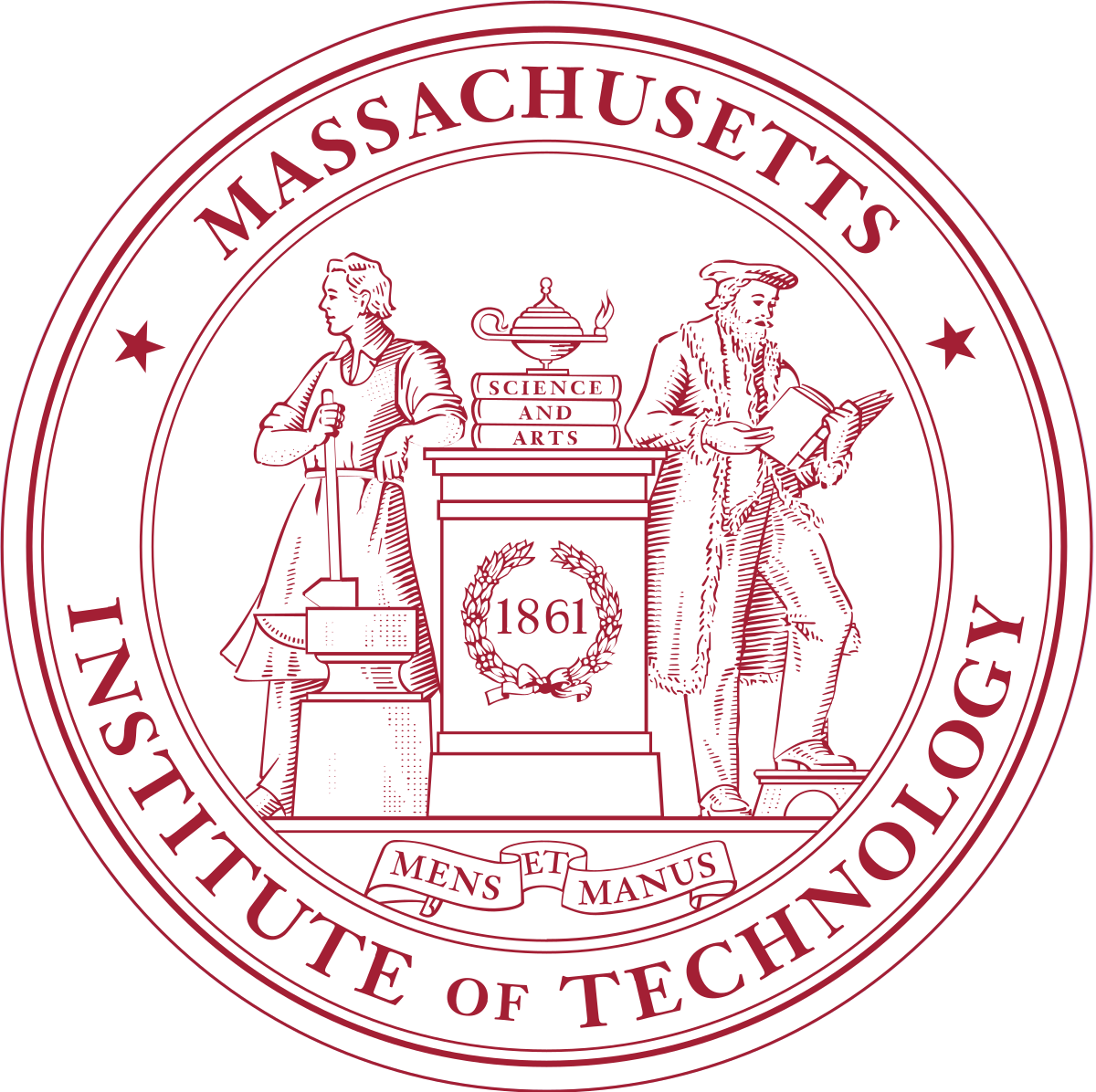Nuclear Fusion 50 - MIT Students Are Working On ARC Reactor Designs - Part 1 of 2 Parts
Part 1 of 2 Parts
Most of my reactor posts are about nuclear fission reactors where massive unstable nuclei break down into lighter elements and release energy. Occasionally, I blog about nuclear fusion in which very light nuclei fuse into heavier elements and release energy. Nuclear fusion for power generation has been researched since the middle of the Twentieth Century but it is extremely difficult to accomplish, and scientists are still struggling to create a prototype fusion reactor that can generate more energy that it consumes.
There are many different designs being explored to produce nuclear fusion. At least a half dozen companies in the U.S. alone are working on prototypes of commercial nuclear fusion power reactors with different designs. Best estimates are that it will take another ten years at least to create a working fusion reactor.
One of the most popular approaches to nuclear fusion is called a tokamak. It is a donut shaped design with powerful magnetic fields squeezing and heating a plasma to the necessary conditions for fusion. There are many technical issues that need to be overcome in order to reach the goal of practical nuclear fusion in a tokamak. One of major problem is getting rid of excess heat that could damage the equipment.
In tokamak reactors, most of the energy generated is from neutrons produced by the fusion reaction. They heat a “blanket” of material that surrounds the donut-shaped chamber where the fusion reaction occurs. Heat is then transferred to a steam turbine which, in turn, generates electricity. However, about twenty percent of the heat generated by the reactor is in the plasma itself. It must be carried away somehow or it will melt parts of the reactor.
The temperature of the plasma in the reactor reaches millions of degrees. There is no physical material that can withstand those temperatures. Super powerful magnetic fields are used to keep the plasma away from the walls of the chamber. A separate set of magnets creates a side chamber called a diverter which drains off excess heat.
The old design for creating diverters cannot successfully remove the heat from the new compact MIT ARC reactor designs. The ARC design is smaller than older designs and, therefore, the heat that is generated is confined to a smaller volume.
In the older designs, the secondary magnetic coils cannot be embedded in the primary coils which are solid and cannot be disassembled, so the secondaries have to be outside of the primaries. This means that they have to be very big and powerful to generate magnetic fields that can penetrate the primary magnets and reach the fusion chamber. They are not very precise in their effect on the plasma.
MIT has started a massive new research program based on new designs for compact fusion reactors which employ high-temperature superconducting magnets to manipulate the plasma. These new designs are referred to as ARCs. This stands for “Advanced”, “Robust”, and “Compact”. A private startup company has been created to work on commercial application of the new designs. One major advancement in the new designs is the ability to open up the internal chamber where the fusion reaction will take place to replace critical components.
Please read Part 2
